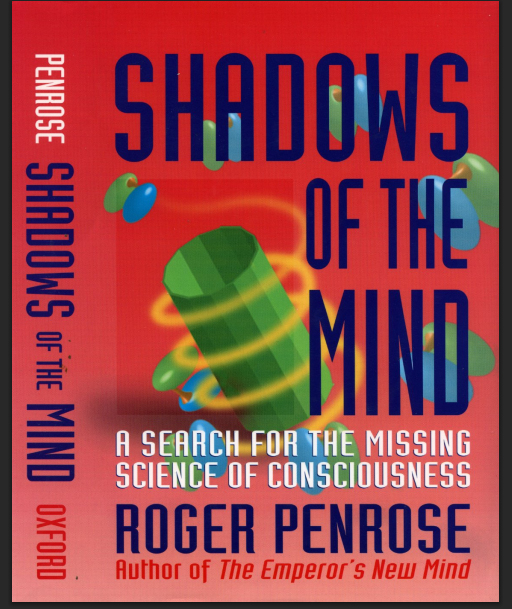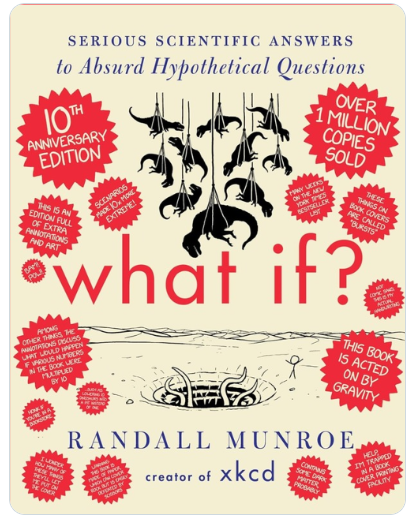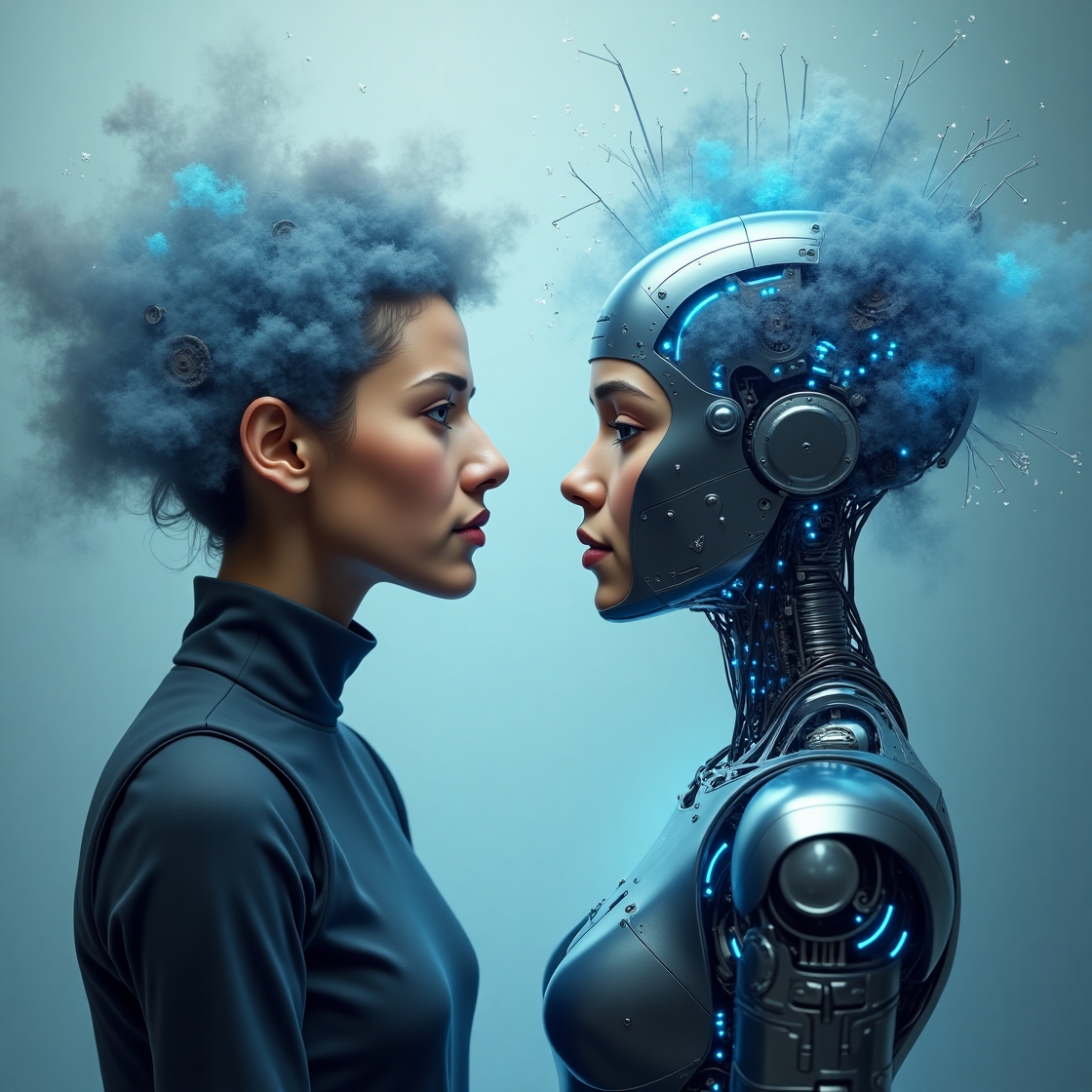Exactly a year ago, I closed The Emperor’s New Mind by Sir Roger Penrose, slid it onto my bookshelf, and just stood there for a second….The book didn’t just earn a spot on my shelf, it earned a permanent place in my head.
Read MoreMonth: July 2025
Boom in Rocket Launches Could Set Back Ozone Gains
Lately, we’ve all been marveling at the growing number of rockets blasting into the sky. Companies like SpaceX launch rockets so often that it feels normal, and many of us celebrate when small satellites go into orbit around the Earth.
Read MoreBook Review: What If? by Randall Munroe
Let me start by confessing something, even after reading a lot about the science behind it, I probably couldn’t explain how entropy works in thermodynamics without sneaking a quick peek at Wikipedia. But I am, without apology, obsessed with questions – the weirder, the better.
Read MoreWhat Happens When Equally Good Algorithms Disagree?
You’d expect the same input to get the same answer, right? But in machine learning, that’s not always the case.
Read MoreBook Review: City of Illusions by Ursula K. Le Guin
I just finished City of Illusions, and it’s one of those books that quietly works its way under your skin. It’s the third in Le Guin’s Ekumen series, but you can read it on its own too, as a standalone novel. It was first published in 1967.
Read MoreInterview: Jerry Lu, Phd student at the University of Manitoba, Canada
What if you could send a pulse of light into a device, and have it appeared ‘faster’ or ‘slower’ dependingon which direction it came from?
Read MoreInterview: Dr. Lenka Tetková, Postdoctoral Researcher at DTU Compute, Technical University of Denmark
Researchers at the Technical University of Denmark have found a fascinating link between how humans and machines learn, through a mathematical shape called convexity. This concept could be key to understanding how both brains and algorithms organize ideas and make sense of the world. I stumbled upon their paper, “On Convex Decision Regions in Deep Network Representations,” and I was absolutely awestruck. Not just by the insights in the research itself, but by the sheer brilliance behind it. It’s one thing to read a paper that makes you think differently,…
Read MoreMeasuring Convexity in AI: Linking Machine Learning to Human Concept Understanding
Researchers at Technical University of Denmark have found an interesting connection between how humans learn and how computers learn. It talks about a special shape in math called convexity. This shape might help us understand how our brains and computer programs figure out ideas and understand things around us.
Read More







